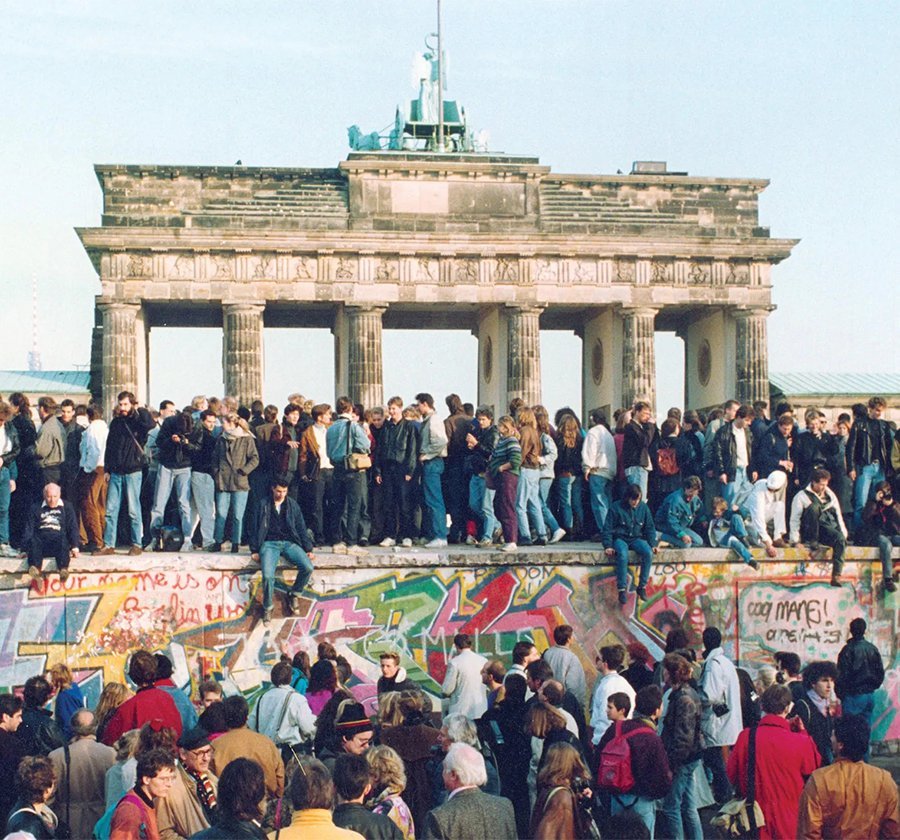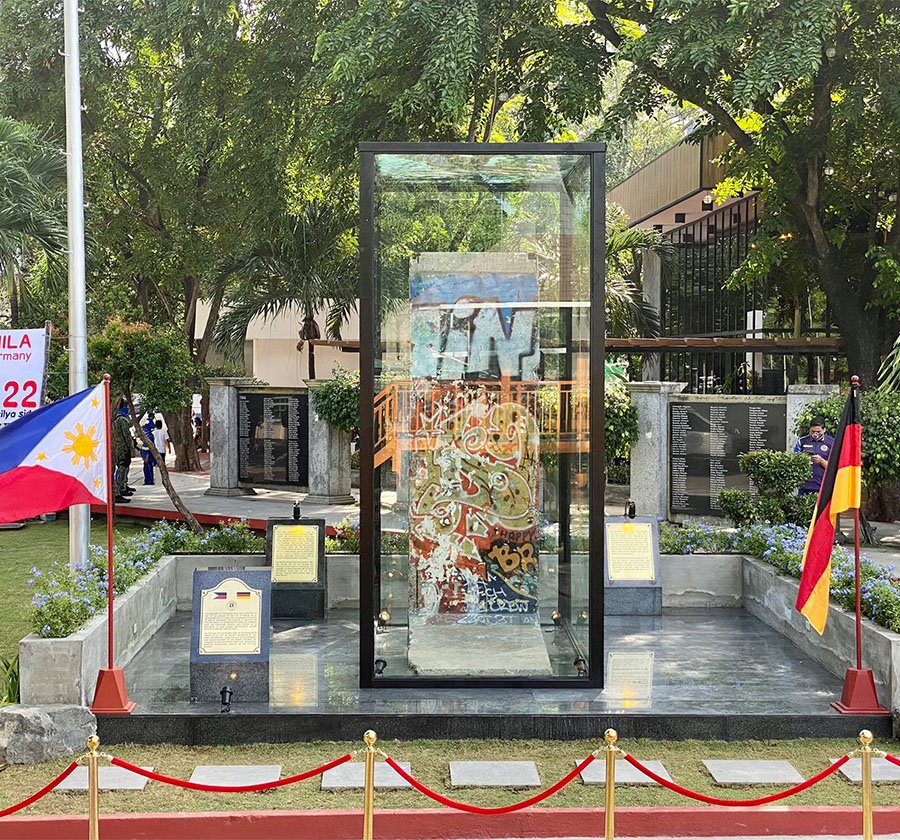Fragment 22: A Piece of German History in Manila

Traveling around Manila you will see many historical artifacts. A multitude of which date back to the American and Spanish periods. Massive neoclassical architecture-styled builds littered City Hall. A remnant of the American period. The great walls of Intramuros remind us of the 333 years of the Spanish period.
Yet, near the city of Manila, just behind the Bonifacio Shrine, you will see a peculiarity—an object not from the Philippines, a fragment from some wall. That Fragment is a piece of German history of the Berlin Wall.
History of the Berlin Wall
On the 8th of May 1945, Nazi Germany surrender to the Allies which ended the 2nd World War in Europe. For the sake of security, the Allies divided the country into four occupation zones. The major allied nations: the United States, France, Great Britain, and the Soviet Union managed by each of the zones. Located within the Soviet-controlled zone is Germany’s capital, Berlin. To be fair to the rest of the allied nations, each major allied nations took a part of Berlin.
Around 1947, the former allies turned into rivals. Western nations like the US, UK, and France joined together against the Soviet Union. This led to the Cold War which divided Europe from east and west. Western nations and the soviets sliced Germany in half. West Germany sided with the western powers. East Germany allied with the Soviets. Both nations enacted travel restrictions.
Immediately, East Germany blocked Berlin from West Germany. Within the city, the soviets built a massive that divided the city into two. East Berlin became East Germany’s capital. As such, West Germany moved to the city of Bonn near Cologne. The Cold War cleaved a nation, tearing apart people’s lives and splintering innumerable families, friends, and loved ones.

By the end of the 1980s, the Cold War started to end. West and East started to unravel their rivalry and move forwards to peace. On the 9th of November 1989, eastern block leaders lifted many of the travel restrictions between east and west.
This effectively ended the Berlin Wall and the start of its dismantlement. In 1990, West and East Germany reunited into one. This was a wonderful moment in Germany’s history. A nation cleaved is now whole. Reuniting families, friends, and loved ones.
“Fragment 22” in Manila
Myriad people keep some of the rubble from the wall as historical artifacts or remembrance. Even the German government preserved some parts of the wall for posterity.

In 2014, The unified German government gifted “Fragment 22” to the Philippines. An act of remembrance to the EDSA People Revolt and strengthening ties between nations. The gift is a 3.65 meters by 1.2 meters fragment of the Berlin Wall. The Philippine government displayed “Fragment 22” at the National Museum. This made the Philippines the first Asian country to receive a section of the Berlin Wall.
Recently in 2020, Mayor Isko moved “Fragment 22” to Bonifacio Shrine. At the public reveal of the “Fragment 22” new display Mayor Isko seeks to make the fragment a symbol of unison for the Filipino people.
Now if you are ever around Manila City Hall or SM Manila take a short time to see German history firsthand. For those who want to visit the fragment just type in 1000 Cecilia Muñoz St, Ermita, Manila, 1000 Metro Manila, the Philippines to Grab, Waze, Angkas, or any other app and you will get there.
Martin is your average manileño. He loves history and traveling around his beloved Metro Manila. His passion is to make the past come to life by exposing past stories not known by the general public. Tag along with him as he visits the past through the present.






